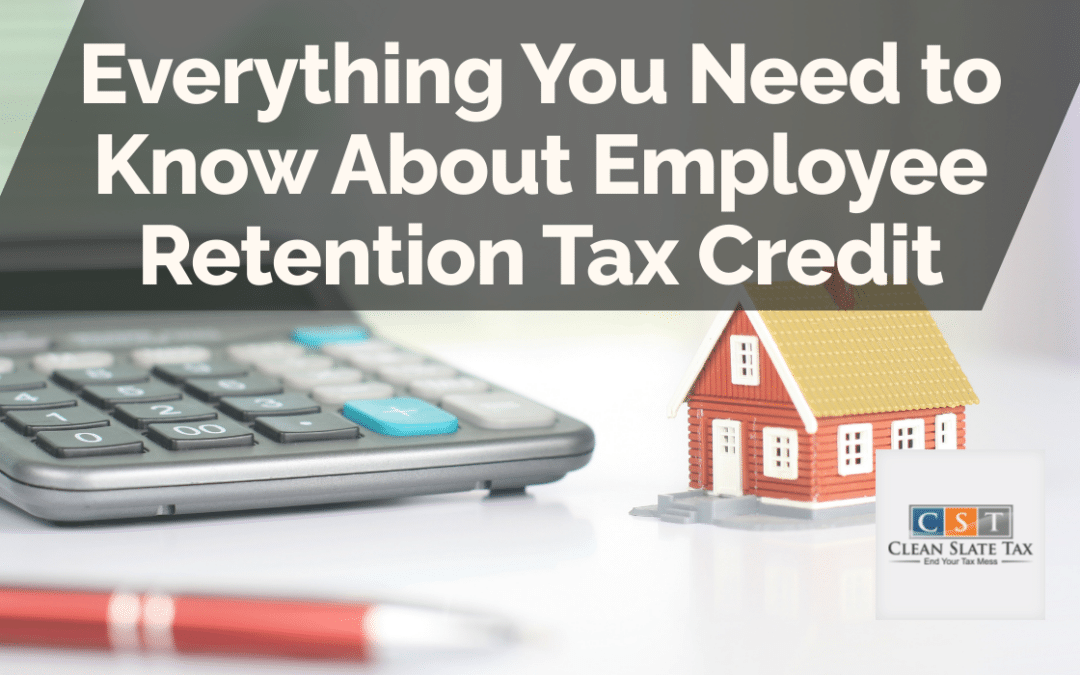With the evolving landscape of the business world, it’s become more vital than ever for companies to understand and utilize every fiscal advantage possible. One area of fundamental importance is understanding tax credits, especially those geared towards employee retention. The Employee Retention Tax Credit (ERTC) is such a benefit that has been in the spotlight lately. However, it remains largely misunderstood by many. Let’s delve into it and explore its fundamentals, advantages, and how you can utilize it for your business.
What is the Employee Retention Tax Credit (ERTC)?
The ERTC is a refundable tax credit introduced as part of the US government’s response to the financial fallout from the global pandemic. It was designed to incentivize businesses to keep employees on the payroll, even if their businesses were fully or partially suspended due to the pandemic.
Who Is Eligible for the ERTC?
Businesses of all sizes across different sectors who meet certain requirements are eligible for the ERTC. This includes employers who were faced with suspension of operations due to government regulations, or those who’ve experienced significant revenue decreases.
Working Mechanism of ERTC
The ERTC is claimed by employers when filing their quarterly tax returns with the IRS. The credit equals a certain percentage of qualified wages, which includes certain healthcare costs, paid after March 12, 2020, and before January 1, 2022.
Advantages of ERTC
- Boosts cash flow by lowering the employer’s employment tax needs.
- Supports business continuity and employee retention during economic downturns.
- Allows carryforward and carryback possibilities to guarantee full utilization of the credit.
Frequently Asked Questions About ERTC
Can an employer claim the ERTC if they received a PPP Loan?
Yes, but they cannot claim the ERTC on wages paid with the forgiven PPP loan amounts. The Consolidated Appropriations Act, 2021 allows employers to claim both benefits but not for the same payroll costs.
What types of employers qualify for the ERTC?
Any employer, regardless of size, can qualify for the ERTC. This includes tax-exempt organizations, except for government entities and small businesses who received loans through the Small Business Administration.
How does an employer claim the ERTC?
Employers report their total qualified wages and the related health insurance costs for each quarter on their quarterly employment tax returns via Form 941. An amazing aspect of the ERTC is an advance payment option for businesses who wouldn’t otherwise be able to benefit until filing their federal tax return.
In conclusion, the Employee Retention Tax Credit is a significant boon for businesses navigating through unstable economic periods. Given its wide range of applicability and notable benefits, every business owner should explore the possibility of leveraging the ERTC to bolster their fiscal health and support their valuable employees. Through careful planning and proactive use of such incentives, businesses can not only survive tough times but emerge stronger and more resilient in the long run.





